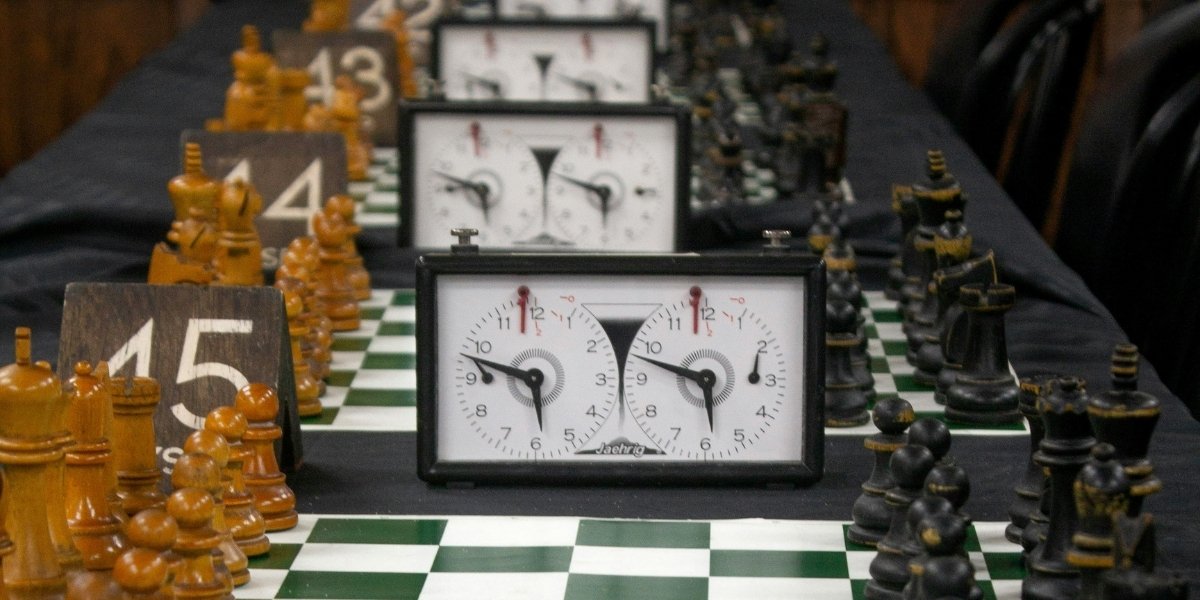Loss of Now: The Core Delusion
One of the fundamental challenges people face in their emotional and mental lives is the tendency to drift away from the present moment. This disconnect often manifests as an obsession with the past or an anxious focus on the future. Such preoccupations prevent individuals from fully experiencing the richness of the present. In essence, it is the core delusion that keeps people trapped in a cycle of dissatisfaction and distraction.
The present moment is the only time in which life is experienced, yet the mind often resists this reality. This resistance to the now arises from ingrained habits of thought that pull attention away from the current experience. Whether it’s ruminating over past mistakes or worrying about future outcomes, the mind creates a false narrative that prevents individuals from truly living. Over time, this chronic mental pattern fosters a sense of disconnection, emotional turmoil, and even existential frustration.
Recognizing this pattern is the first step toward liberation. By understanding that the only real time is now, individuals can begin to untangle themselves from the endless loops of thought that keep them from peace and presence. This awareness helps to dissolve the false belief that life is happening elsewhere, in another time or place, and fosters a deeper connection to the world around them.
Ordinary Unconsciousness and Deep Unconsciousness
The mind operates on two primary levels of unconsciousness: ordinary unconsciousness and deep unconsciousness. Ordinary unconsciousness refers to the habitual, automatic thoughts and behaviors that are governed by past conditioning. This is the mind operating on autopilot, responding reflexively to the world based on patterns established over time.
Deep unconsciousness, on the other hand, involves the more profound layers of the unconscious mind—beliefs and memories buried so deeply that they influence actions without conscious awareness. Both forms of unconsciousness keep individuals stuck in a cycle of repetitive thinking, emotional reactions, and behaviors that are not aligned with the present moment.
The difficulty with both forms of unconsciousness is that individuals are rarely aware of them. They live and act as if these patterns are natural, unaware that they are creating unnecessary suffering. Becoming conscious of these layers of thought is the key to breaking free from the unconscious grip that limits self-awareness. By observing thought patterns and becoming aware of conditioned responses, one can begin the journey of conscious living, where choices are made intentionally rather than automatically.
What Are They Seeking?
In this process of constant mental activity, individuals are often unaware of what they are truly seeking. The mind, conditioned by past experiences and external influences, constantly searches for fulfillment, security, and meaning. Yet, this search is often misguided. People look for happiness and peace in external circumstances, possessions, relationships, or achievements, without realizing that true contentment comes from within.
The mind’s search for meaning is based on the false belief that external conditions can create internal peace. This search, however, keeps individuals trapped in a cycle of desire, frustration, and disappointment. No matter how many external things are acquired or how many goals are met, the mind’s search for satisfaction remains unfulfilled.
What the mind is truly seeking is a return to the present, a quieting of the constant chatter that distracts from the inherent peace that is always available. Once individuals realize that what they are seeking is already within them, the search ceases, and a profound sense of contentment and peace arises from the present moment.
Dissolving Ordinary Unconsciousness
Dissolving ordinary unconsciousness involves bringing awareness to the repetitive mental patterns that dictate behavior. This process begins by observing thoughts as they arise, without judgment or attachment. By recognizing these automatic reactions, individuals can start to break the cycle of unconscious behavior and begin to make more conscious choices.

Mindfulness and meditation are powerful tools for dissolving ordinary unconsciousness. Through consistent practice, one learns to observe thoughts without getting caught up in them. This creates a space between stimulus and response, allowing for greater emotional and mental freedom. As individuals become more aware of their thought patterns, they gain the ability to choose how they respond to situations rather than being driven by automatic, unconscious reactions.
The more one practices this kind of awareness, the less power unconscious thought patterns have. With time, ordinary unconsciousness gives way to a greater sense of presence and mindfulness, where each moment is fully experienced without the interference of past conditioning or future worries.
Freedom from Unhappiness
The root of unhappiness lies in the mind’s resistance to the present moment. The mind perpetuates dissatisfaction by clinging to past regrets or projecting future anxieties. In both cases, unhappiness arises because individuals are not fully engaged in the here and now.
Freedom from unhappiness begins when individuals stop seeking fulfillment outside themselves and instead find contentment in the present. This shift involves letting go of the need for validation, approval, and control. It means accepting life as it is, without the constant need for things to be different. When the mind stops resisting what is, true peace emerges.
This freedom is not about escaping difficulties or challenges; it is about learning to navigate life with a calm and centered mind, regardless of external circumstances. By embracing the present moment and letting go of the attachment to past and future, individuals free themselves from the cycle of unhappiness and step into a life of inner peace.
Wherever You Are, Be There Totally
One of the keys to living a fulfilling life is to be fully present in whatever you are doing. Whether it’s working, spending time with loved ones, or simply being by yourself, being present brings depth and meaning to every experience. The mind often drifts into the past or future, but to truly live, one must engage wholeheartedly with the present moment.
This concept is often referred to as “being there totally.” It means giving your full attention to the task at hand, without distractions or multitasking. When you immerse yourself fully in an experience, you begin to experience life in its richness and depth. You move away from the mental chatter that disconnects you from the moment, and instead, you engage with life directly.
Living totally in the present transforms ordinary moments into extraordinary ones. Whether it’s savoring a meal, enjoying a conversation, or taking a walk, being present makes everything more vivid and real. This practice not only enhances life’s experiences but also brings peace and fulfillment.
The Inner Purpose of Your Life’s Journey
The inner purpose of life is not something to be found externally, but something to be realized within. Life’s true purpose is not about achieving a set of goals or acquiring external success, but about realizing the deeper, intrinsic connection to the present moment and to your true self. The journey inward is where meaning and fulfillment reside.
This inner purpose is discovered by letting go of the false belief that fulfillment comes from external sources. It is realized when one stops seeking happiness in achievements, possessions, or other people. True purpose is found in living authentically, free from the constraints of the ego, and embracing the moment as it is.
When you begin to live from this deeper sense of purpose, life unfolds with greater clarity and ease. You become more aligned with your true self, and the external world ceases to dictate your sense of fulfillment. This shift in perception creates a life filled with purpose, meaning, and joy.
The Past Cannot Survive in Your Presence
The past holds no power in the present moment. It is only the mind’s attachment to past experiences, memories, and identities that gives the past its influence. The moment you step into the present and fully engage with it, the past fades away. The stories, regrets, and grievances that you carry from the past lose their power when you stop identifying with them.
Living in the present means releasing the past and allowing each moment to unfold without the burden of old memories. It means not letting the past define who you are or how you respond to life. As you free yourself from the past, you step into a state of openness and presence, where life can flow freely without the constraints of old stories.
This practice of being present not only frees you from the past but also creates space for a new way of experiencing life. Each moment is a fresh opportunity to live authentically, without the weight of past regrets or conditioning.








